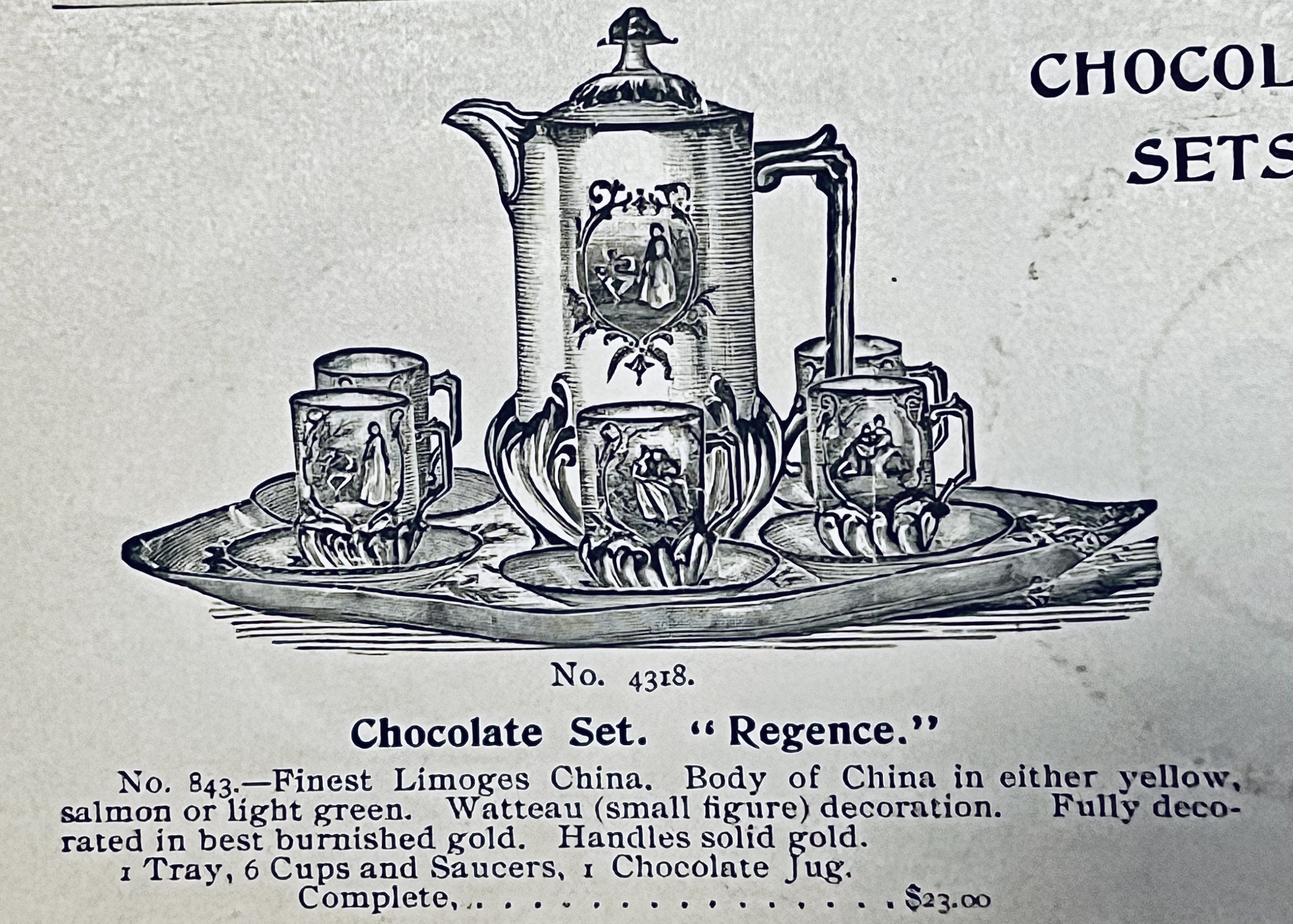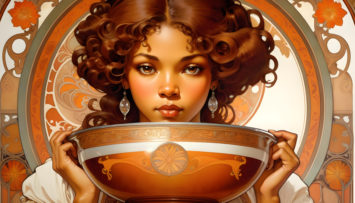Sometimes you need something fun and light in your life so this post is going to be about candy. Turn of the Century candy to be exact. These all came to market between 1890 and 1920 and amazingly, you can still purchase them today. I got mine from OldTimeCandy.com
I’m going to be giving my opinions on the different candies. Please don’t flame me just because I don’t like a candy that you do. It’s just an opinion. When adults eat candy, many times it has more to do with your memories of childhood than it does the actual candy. I hope you’ll try some of these for yourself. I think one of the best ways to truly experience history is by eating the foods that people ate in the past.
Cracker Jack
Originating in 1896, Cracker Jacks are a molasses caramel coated popcorn candy with peanuts. The candy has long been tied with baseball and I too remember going to the ball game with my dad and getting cracker jacks. I don’t think I’ve had them since I was a kid, but as soon as I opened the bag memories came flooding back to me. They tasted exactly the same as I remembered them, which is a good thing.
They are crunchy and flavorful. Not as sweet as I was expecting, which was a nice surprise. No, they’re not as delicious as the newer butter caramel popcorns that you can buy, but for a quick candy treat, they are delicious. Also, the retro box I got was only 120 calories, which puts it as the better end of sugary treats.
My husband and I were supposed to share, but he ate about three quarters of the package before he realized what he’d done. I can’t blame him, you can definitely eat a bucket full of these before you know it. The only real disappointment is that there is no prize in the box, just a code for an online game. Sorry, but any game a food corporation makes as a prize can’t compete with the multitude of games already out there for free. Definite downgrade.
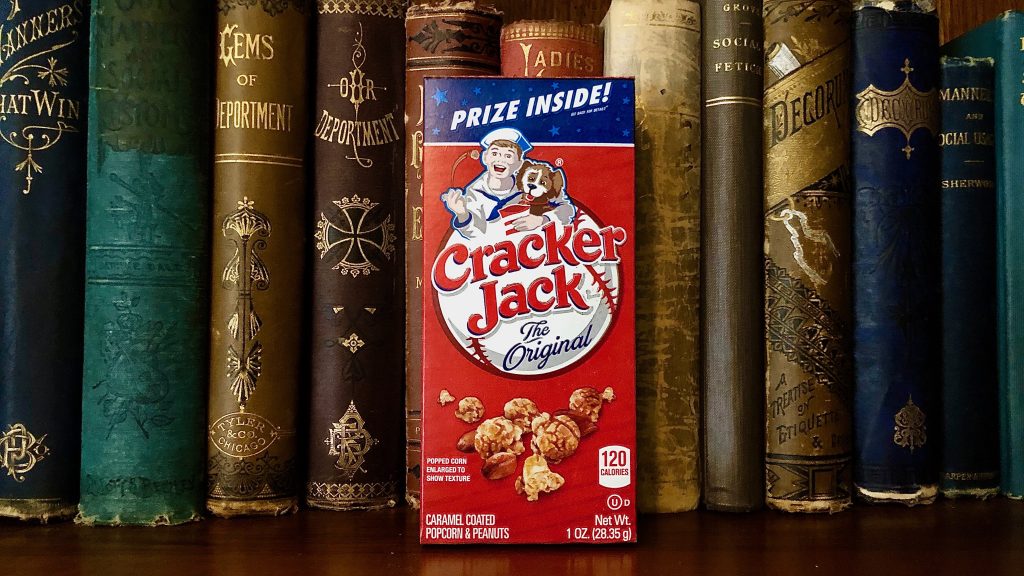
Mary Jane
The Mary Jane is a peanut butter and molasses candy that began in 1914. The packaging on this is especially cute with period colors and typeface.
I can’t say that the peanut butter flavor is pronounced. It tastes like a nutty sticky toffee. It is yummy, but it is also the kind of candy that will pull out a filling.
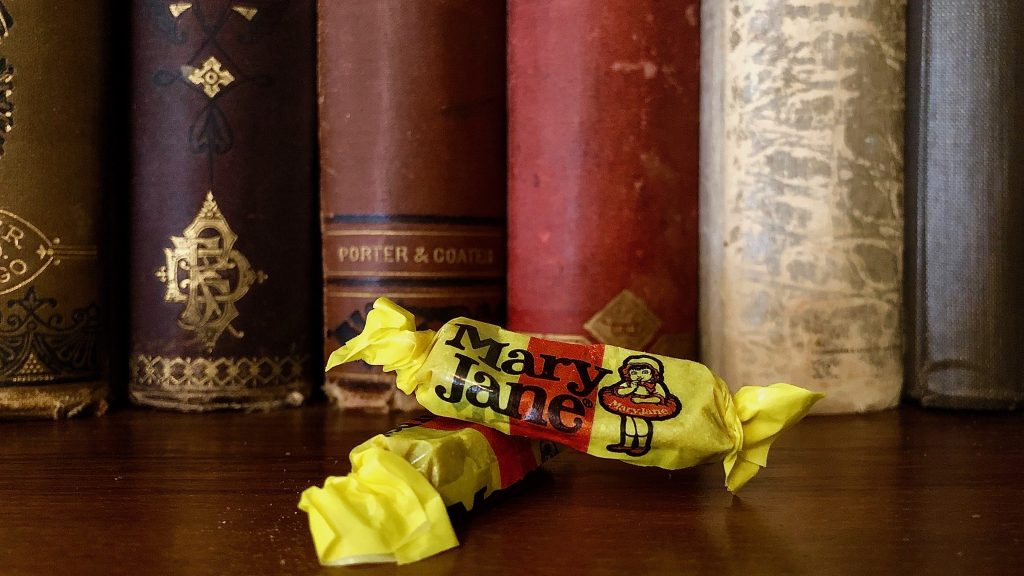
Rock Candy Crystals
Now sugar candy, or candy made from dissolving sugar in water and allowing crystals to form around a stick or string, goes back well before the turn of the century. Indeed sugar crystals have been used for many, many hundreds of years in China and the Middle East to be dissolved in tea, but sugar was so incredibly expensive it was a long time before it filtered down to the common man.
It was the late 19th century that saw the mass production of rock candy. The combination of mechanization of the candy making process and innovations in sugar industry drove down the price of sugar, democratizing its consumption. Americans really embraced rock sugar candy. Plain or flavored you will still see it at fairs and specialty candy shops.
I can’t say I really enjoyed this as a candy. I tried a few granules and, well, it was just like eating a spoonful of sugar. No thanks. I then decided to try the ancient way – in tea. Voila, better and smoother than a spoonful of granulated sugar. Now, I actually quit most sugar years ago and I take both my tea and coffee unsweetened – so admittedly, this isn’t something I would use normally, but I will put candy crystals in my sugar bowl the next time I have people over for tea.
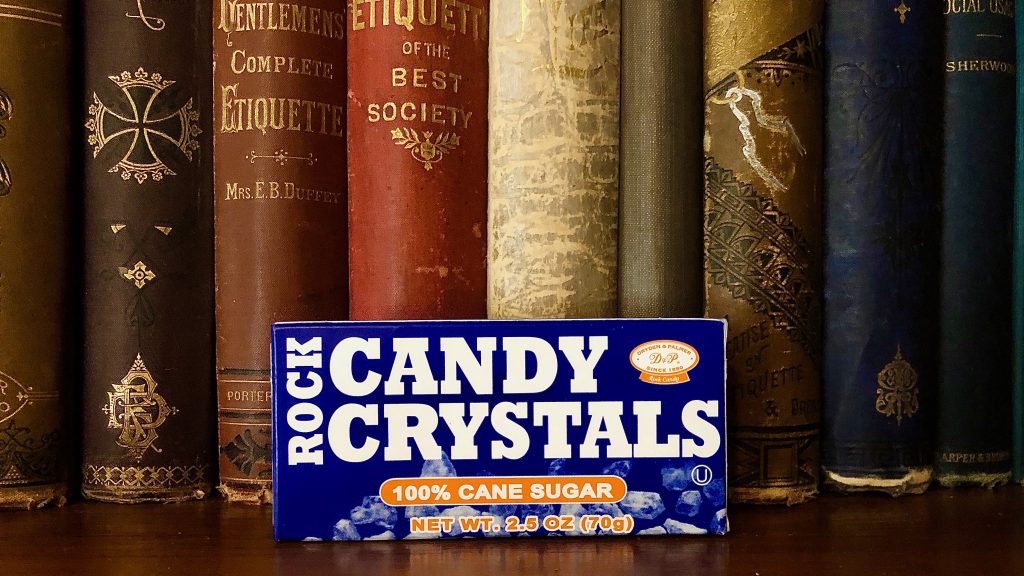
Necco Wafers
Begun in 1847 in Boston, the Necco Wafer is a divisive candy. There are some who say they should only be used on the roofs of gingerbread houses to look like colorful shingles and there are the bonkers people who eat them.
They basically taste like sandy bits of dry wall to me. Sorry, definitely not my thing,
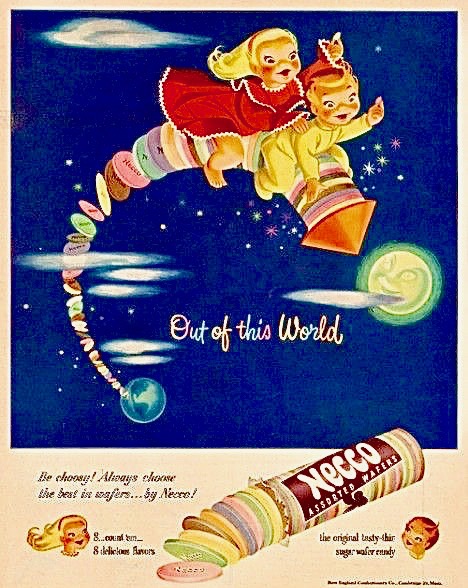
Reed’s Roll Candy
As you can read on every package, Reed’s has been producing candy since 1893 in Chicago. Started by brothers William and Eugene Reed, they produced a butterscotch roll candy that was an American favorite. Sadly production ceased in 2006, but four of the original flavors are being produced today by Iconic Candy Company.
I grabbed a couple of the rolls of Butterscotch for my mother, as she remembered these from growing up in the midwest as a treat. They are lovely. It is the kind of old fashioned candy that unlike some, (I’m looking at you Necco Wafers) can still be enjoyed today. I’ll be honest, butterscotch is the nicest of the flavors in my opinion, but I would like to lobby Iconic Candy Company to start making the Tayberry flavor as that sounds amazing!
Reed’s Cinnamon tastes just like cinnamon. Not a shock, really. They’re smooth and last quite a while in the mouth. They’re a very nice alternative to breath mints and lozenges.
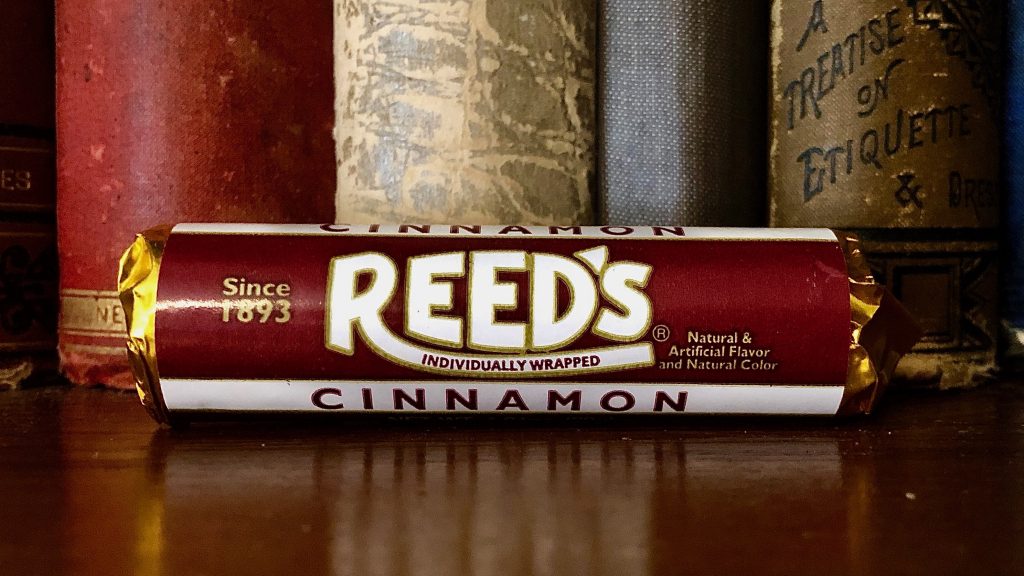
Now, root beer is a unique flavor. My mom adores root beer floats and I can remember us trekking to the A&W Restaurant on special occasions to get them. Now we were not often allowed to have fast food, so the flavor of Root Beer is associated with summers at the beach, getting good grades or doing well at a swim meet. All wonderful memories. I stopped drinking soda when I was in college so this is a flavor I rarely experience today.
Reed’s candies really taste like root beer, it was a warm a fuzzy feeling having these, like spending a few minutes back in Santa Monica in the summer with the bracing cold of the pacific lapping at your feet, listening to the distant sounds of the carnival games at the pier.
You’re not required to have deep memories to enjoy these, if you like the flavor of root beer, you’ll probably like these.
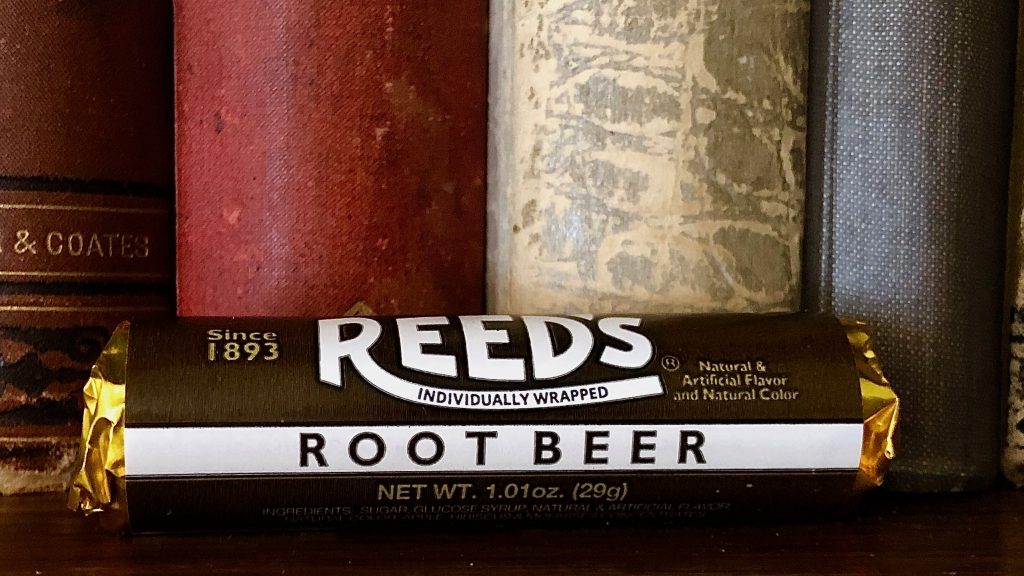
Caramel Creams
These soft caramels appeared in 1917, they’re basically caramel with frosting in the center. Made in Baltimore, MD August Goetze and his son, William started their company in 1895.
I can’t say these were amazing, the caramel flavor isn’t really strong and the frosting has a vaguely chemical taste. They’ll do in a pinch, obviously caramel candies aren’t really ever going to be bad. They’re just not exceptional. Just my opinion though.
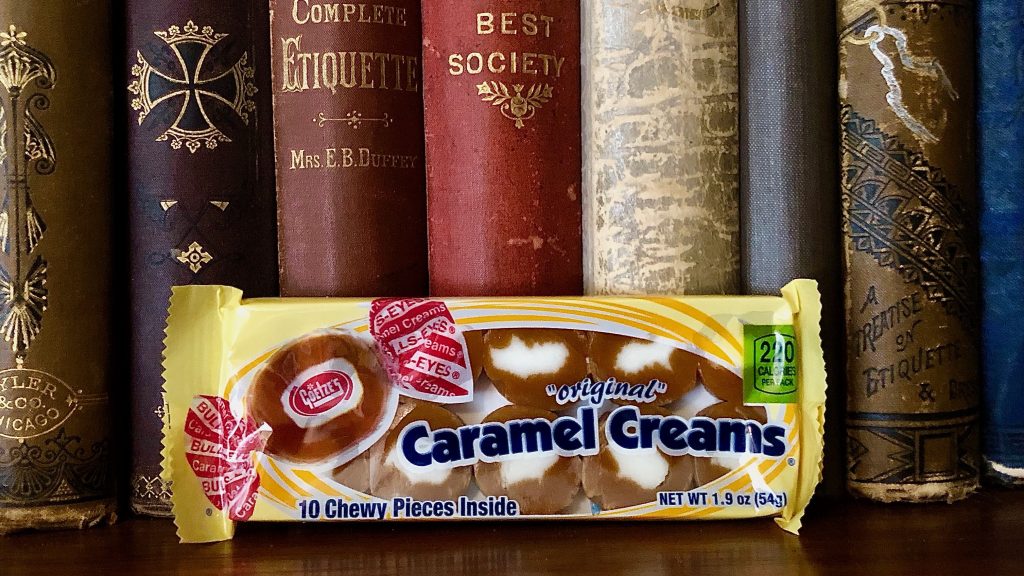
The Nut Goodie
The nut goodie appeared in St. Paul, Minnesota in 1912. It is a maple nougat with peanuts covered in chocolate. It is as good as it sounds. Sweet, soft chocolaty deliciousness. Basically a peanut turtle with maple rather than caramel. My husband devoured this. His only comment was, “You can buy that again”.
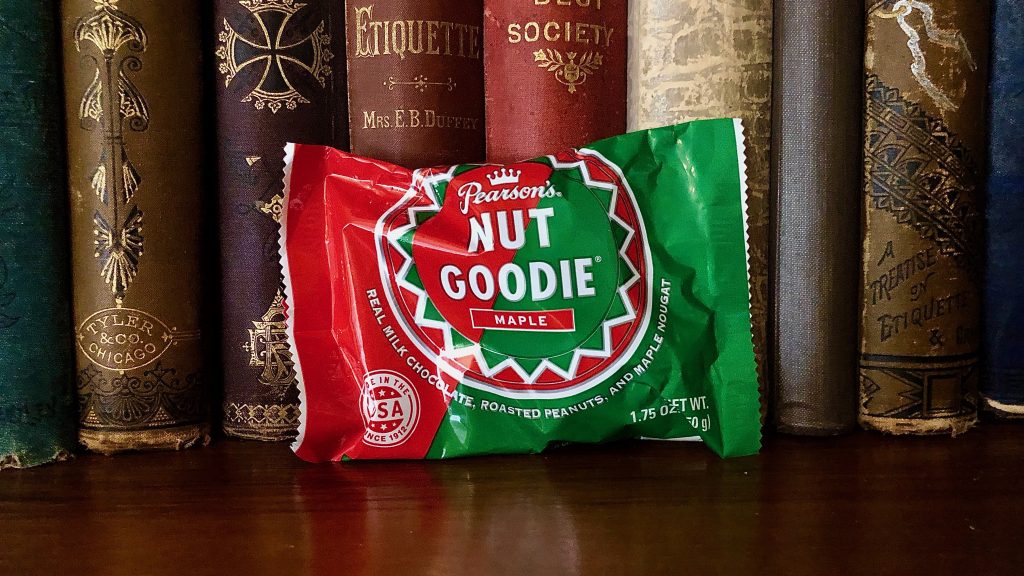
Clove Chewing Gum
Clove gum was made by the Thomas Adams Company starting in 1914. The unofficial gum of prohibition, clove gum was terrific at covering up the smell of illegal booze.
I’m not a gum person, but I loved this. It made my tongue tingle and really tastes like cloves. If you don’t like cloves, you won’t like this, but I found the taste to be wonderfully unique. I may be converted to gum chewing yet.
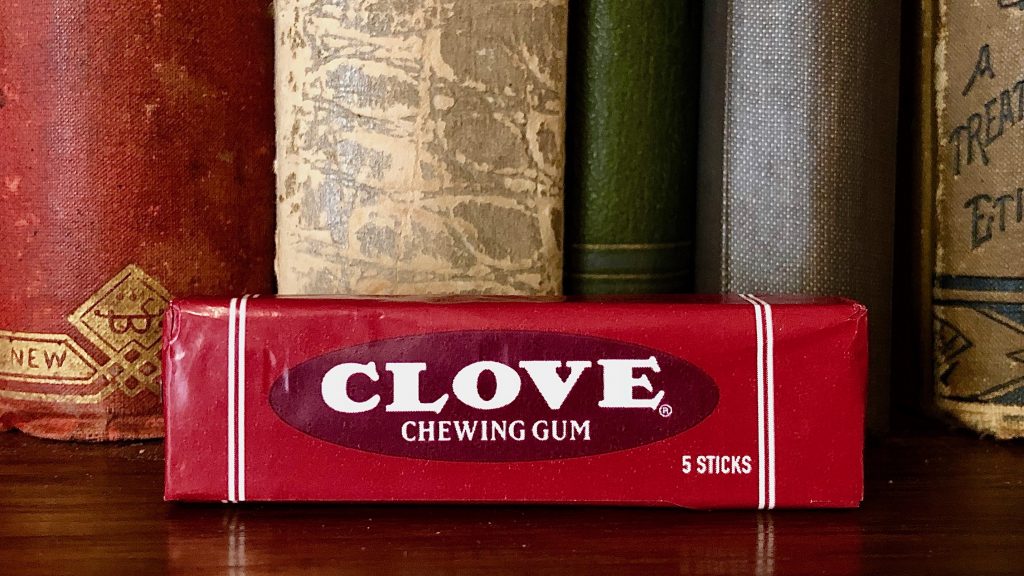
Beeman’s Gum
I couldn’t find an exact date for the start of Beemans Gum, but we do know that it was started by the Ohio physician Edward E. Beeman before the turn of the Century. He formulated the gum to have Pepsin, which was supposed to aid digestion and the early gum was made to be eaten after meals. The late 20th century saw a lot of credence being given to the idea that mastication, (or chewing) was good for your health, so a gum that encouraged chewing plus had an added digestive aid, fits right into this period.
Beeman’s is very much like many other older gums, in that the stick is hard, the flavor isn’t strong and it doesn’t last an especially long time. Beeman’s no longer contains Pepsin, but there is a hint of a medicinal flavor in the gum which normally I wouldn’t like, but here I found it to be pleasant. I was actually surprised at how much I enjoyed chewing this.
Beeman’s is famous for being chewed by Chuck Yeager before every flight for good luck.
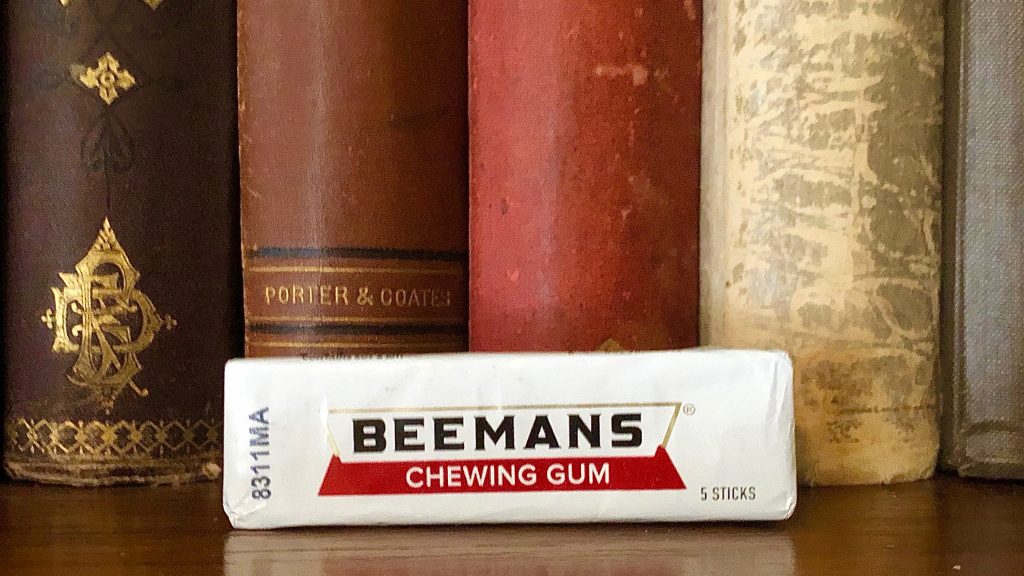
If you think of other candies to add to this list, please let me know!

